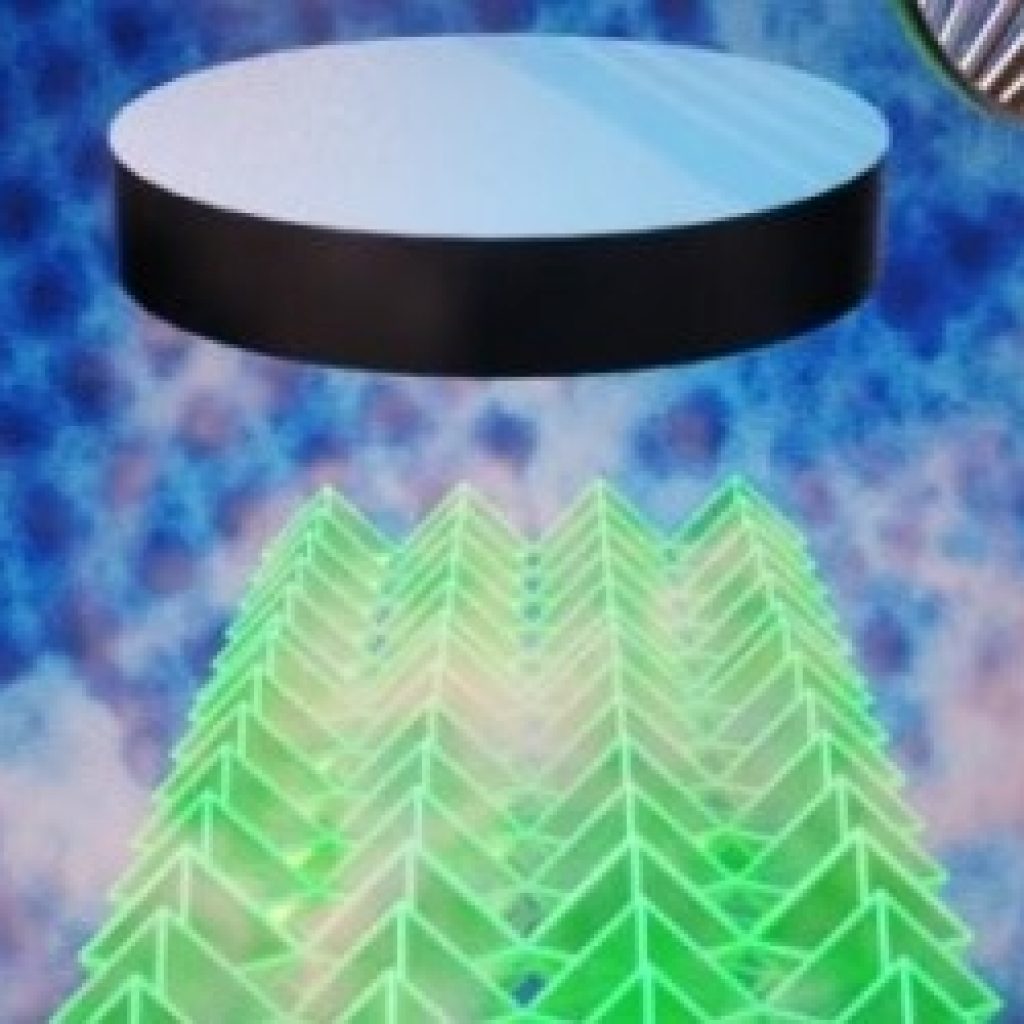(EurekaAlert) hree-dimensional (3-D) nanostructured materials–those with complex shapes at a size scale of billionths of a meter–that can conduct electricity without resistance could be used in a range of quantum devices. For example, such 3-D superconducting nanostructures could find application in signal amplifiers to enhance the speed and accuracy of quantum computers and ultrasensitive magnetic field sensors for medical imaging and subsurface geology mapping. However, traditional fabrication tools such as lithography have been limited to 1-D and 2-D nanostructures like superconducting wires and thin films.
scientists from the U.S. Department of Energy’s (DOE) Brookhaven National Laboratory, Columbia University, and Bar-Ilan University in Israel have developed a platform for making 3-D superconducting nano-architectures with a prescribed organization. As reported in the Nov. 10 issue of Nature Communications, this platform is based on the self-assembly of DNA into desired 3-D shapes at the nanoscale. In DNA self-assembly, a single long strand of DNA is folded by shorter complementary “staple” strands at specific locations–similar to origami, the Japanese art of paper folding.
3D Superconducting Nanostructures Could Find Application in Signal Amplified to Enhance Speed & Accuracy of Quantum Computers
